The year 2023 has come to an end. It was filled with a huge number of significant events in space. We saw the long-awaited Starship orbital test, launches of deep space missions, successful and unsuccessful lunar landings, and much, much more. In this article, we’ll talk about the ten major space events of the past year.
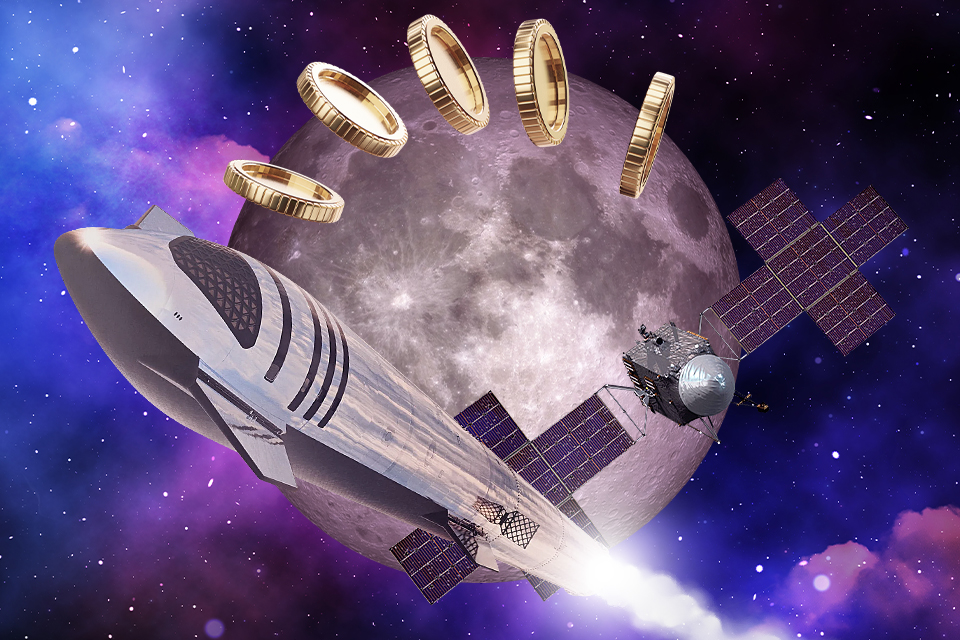
Starship orbital tests
Perhaps the most significant event of 2023 was the orbital testing of the Starship superheavy system. The first test took place on April 20. From the very beginning, everything did not go according to plan: several Raptor engines of the Super Heavy accelerator shut down. Nevertheless, it managed to pass the area where the rocket experiences maximum aerodynamic drag and reach an altitude of 39 km. But after that, control over the vehicle was lost and it crashed.
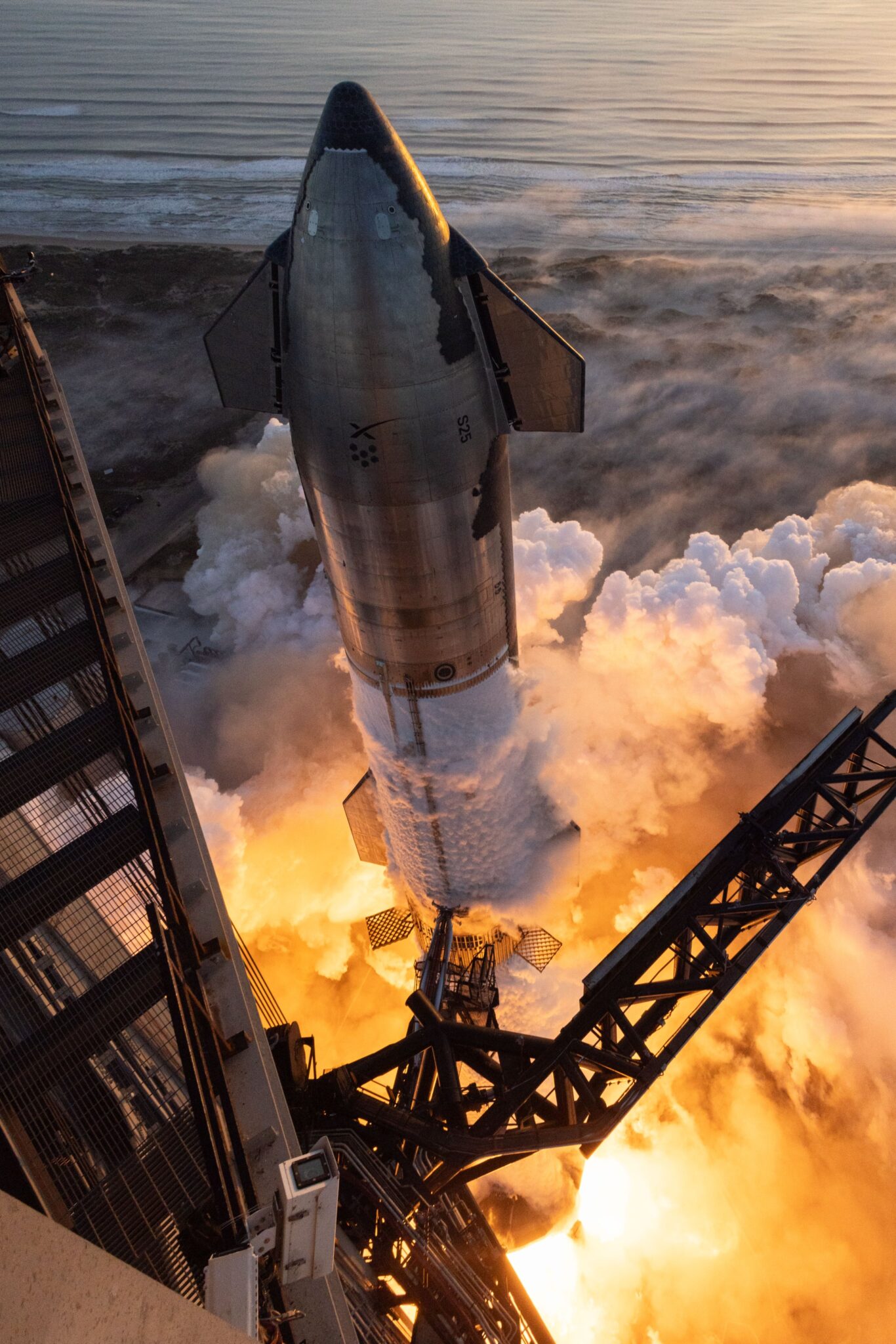
It took SpaceX seven months to repair the damaged launch pad and get permission for a new Starship flight. It took place on November 17.
The second Starship test was much more productive than the first. This time, the Super Heavy successfully completed the entire flight section and then separated from the Starship. However, shortly afterward, the accelerator exploded. The same fate then befell the prototype spacecraft, which lacked a little to reach orbit. Nevertheless, the test results give us hope that Starship will be able to reach space during the third test.
Methane rocket reaches orbit for the first time
One of the key features of Starship is that the ship uses methane as a fuel. It is believed to be better suited for reusable launch vehicles. In 2023, several companies attempted to reach orbit for the first time in history using a methane rocket. In addition to SpaceX, Relativity Space also took part in this peculiar race. However, its printer-produced Terran 1 rocket crashed due to a malfunction of the second stage.
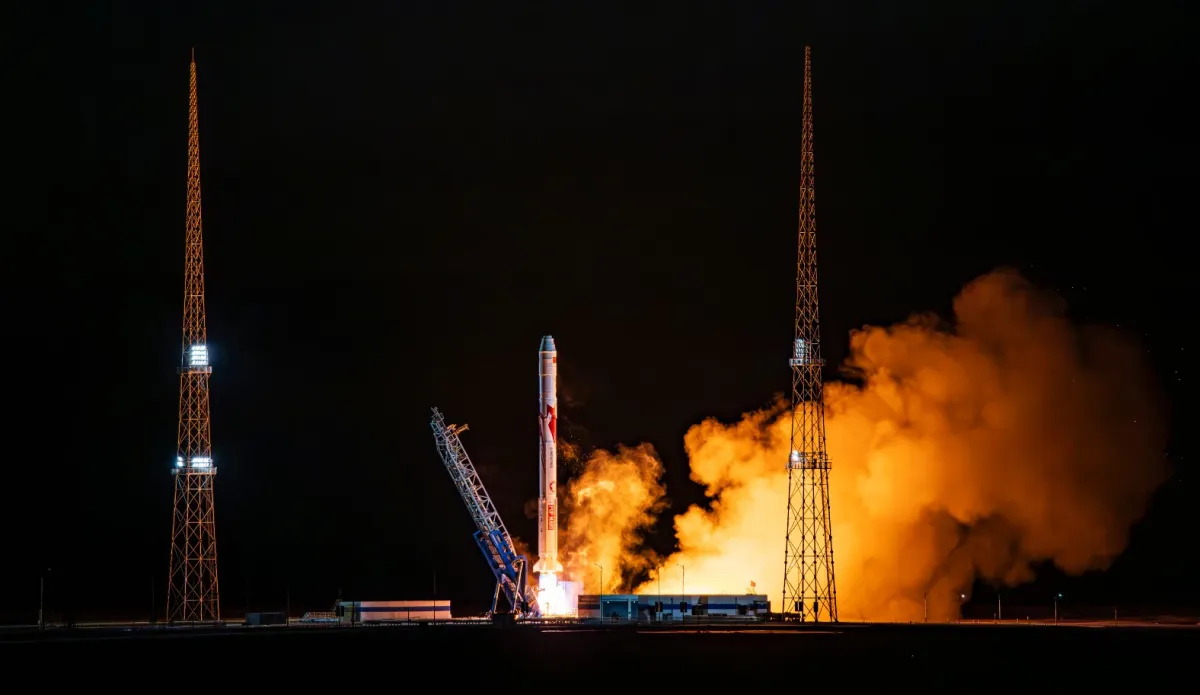
In the end, the Chinese LandSpace Company won this unofficial competition. On July 12, it successfully launched the Zhuque-2 rocket, which became the first methane carrier to reach orbit. On December 8, LandSpace consolidated its success by launching a cargo into orbit for the first time using a methane rocket.
Successful and unsuccessful lunar landings
In 2023, we saw as many as three lunar landing attempts. The first one was made by the Japanese company iSpace. Unfortunately, its Hakuto-R spacecraft crashed during the descent. Subsequently, engineers concluded that the accident was caused by a software glitch caused by a rather late decision to change the mission’s landing site.
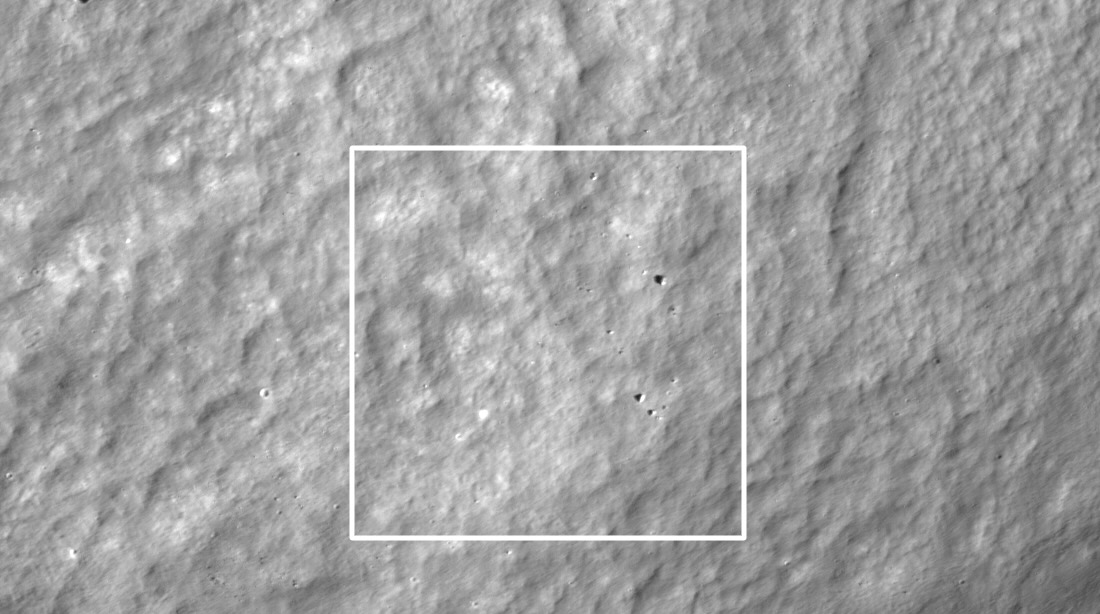
Russia was the next to attempt a moon landing. However, the highly publicized Luna 25 mission ended in a resounding fiasco. The device did not even reach the landing stage. On August 19, it crashed into the lunar surface due to a mistake made during a course correction.
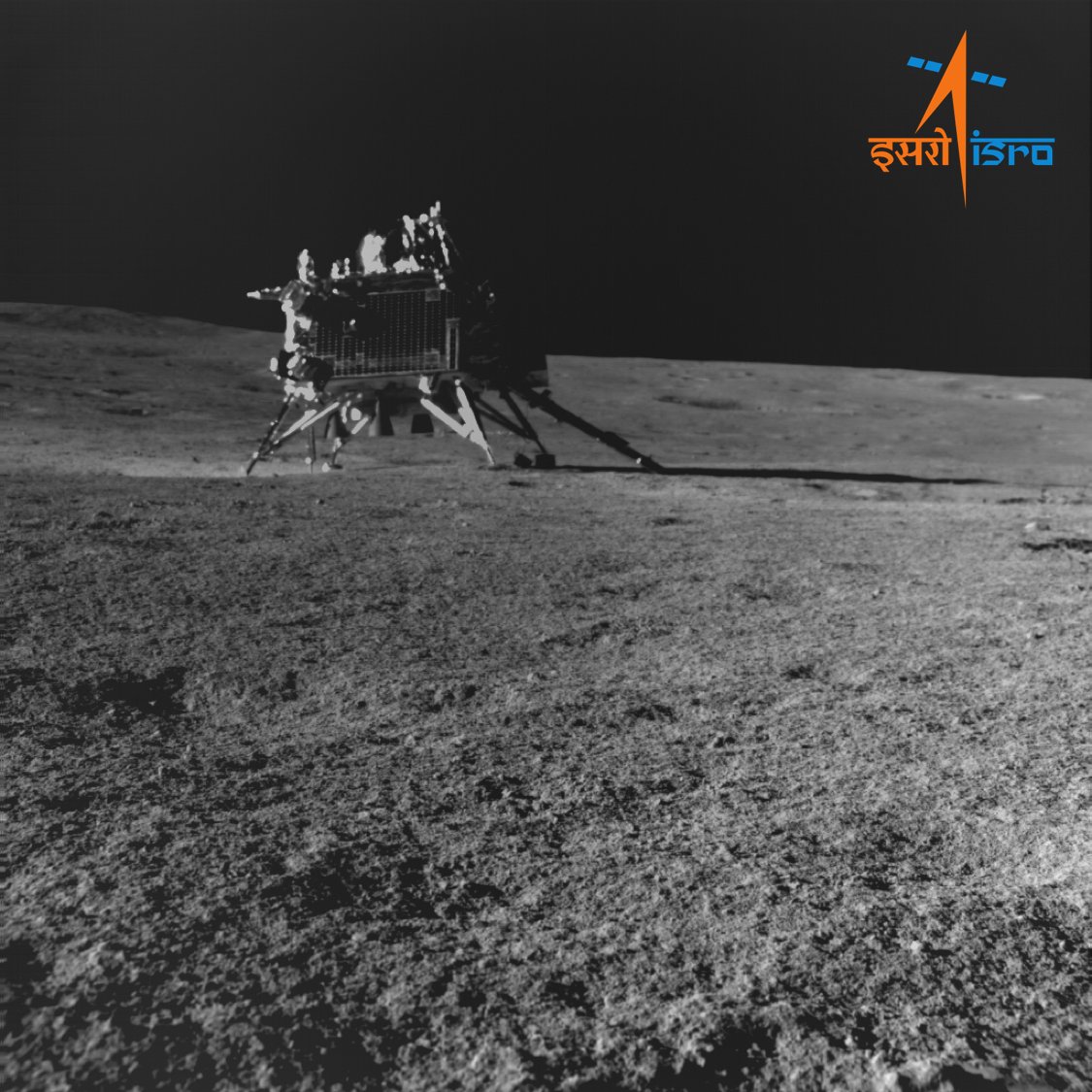
In the end, India was the only country to celebrate the success. On August 23, it became the fourth country in history to complete a lunar landing — and the first to land in the southern circumpolar region. The Indian lander and lunar rover successfully completed their program, working for a lunar day. The Chandrayaan-3 flight module then performed a maneuver that brought it back to Earth.
Gathering of lunar coalitions
In 2023, neither the United States nor China launched their own missions to the Moon. However, the countries were actively working to gather space allies who could support them in the second lunar race that was already underway. The United States did this within the framework of the Artemis Accords, and China — within the framework of the International Lunar Research Station project.
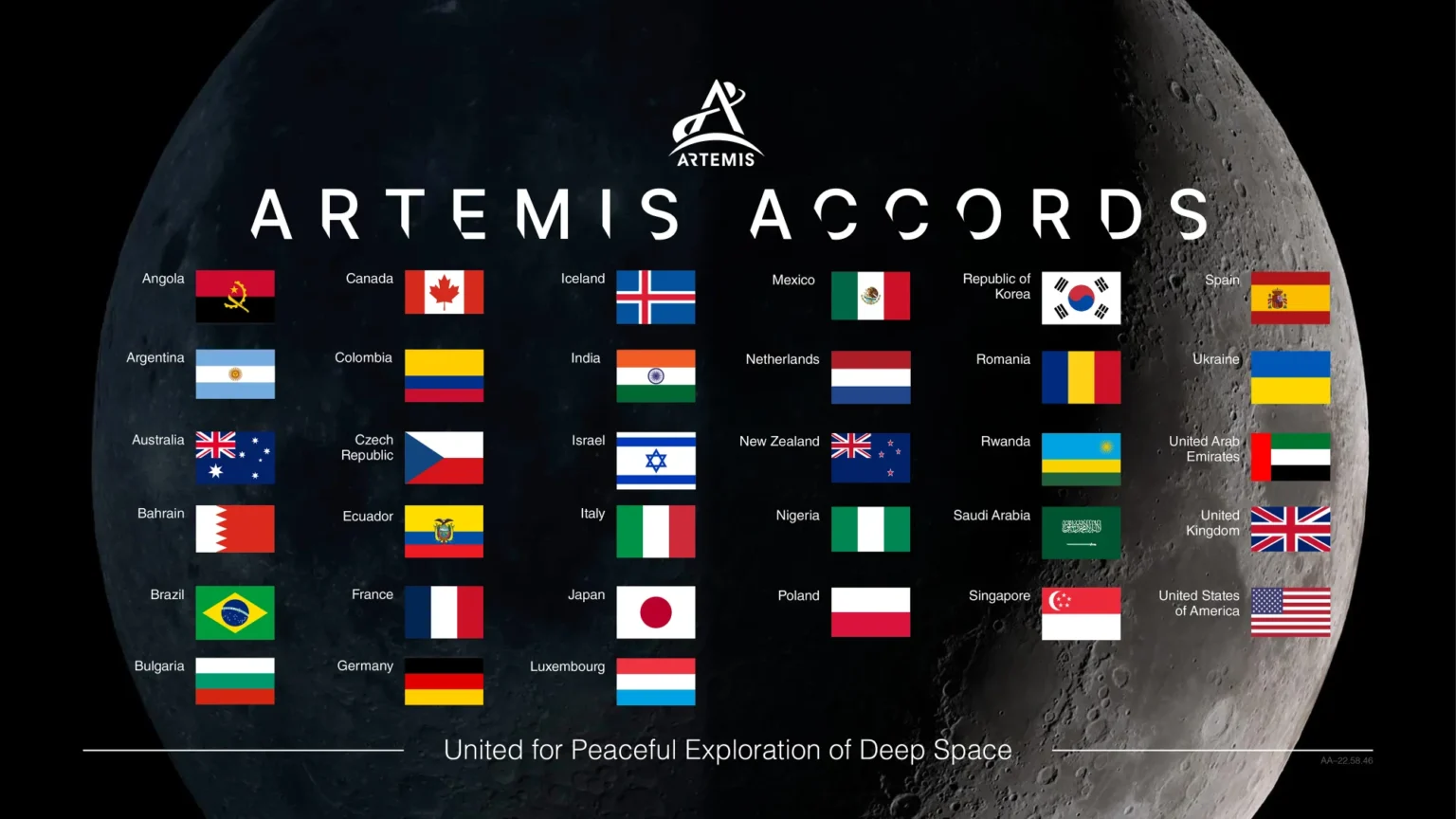
Both sides can claim 2023 as an asset. Thus, 9 new countries have joined the Artemis Accords. These are the Czech Republic, Spain, India, Germany, the Netherlands, Iceland, Bulgaria, and Angola. So, the total number of their participants has increased to 33 states.
As for the International Lunar Research Station, the UAE, Venezuela, South Africa, Azerbaijan, Pakistan, Belarus, and Egypt have joined the agreement on its establishment. In total, 9 countries are currently participating in this project.
Launch of the JUICE mission
In April, ESA launched the most ambitious interplanetary mission in its history, called JUICE. It will explore Ganymede, Callisto, and Europa. These are the three largest icy moons of Jupiter. Their common feature, with a high degree of probability, is the presence of subsurface oceans of liquid water. And where there is water, there can be life.
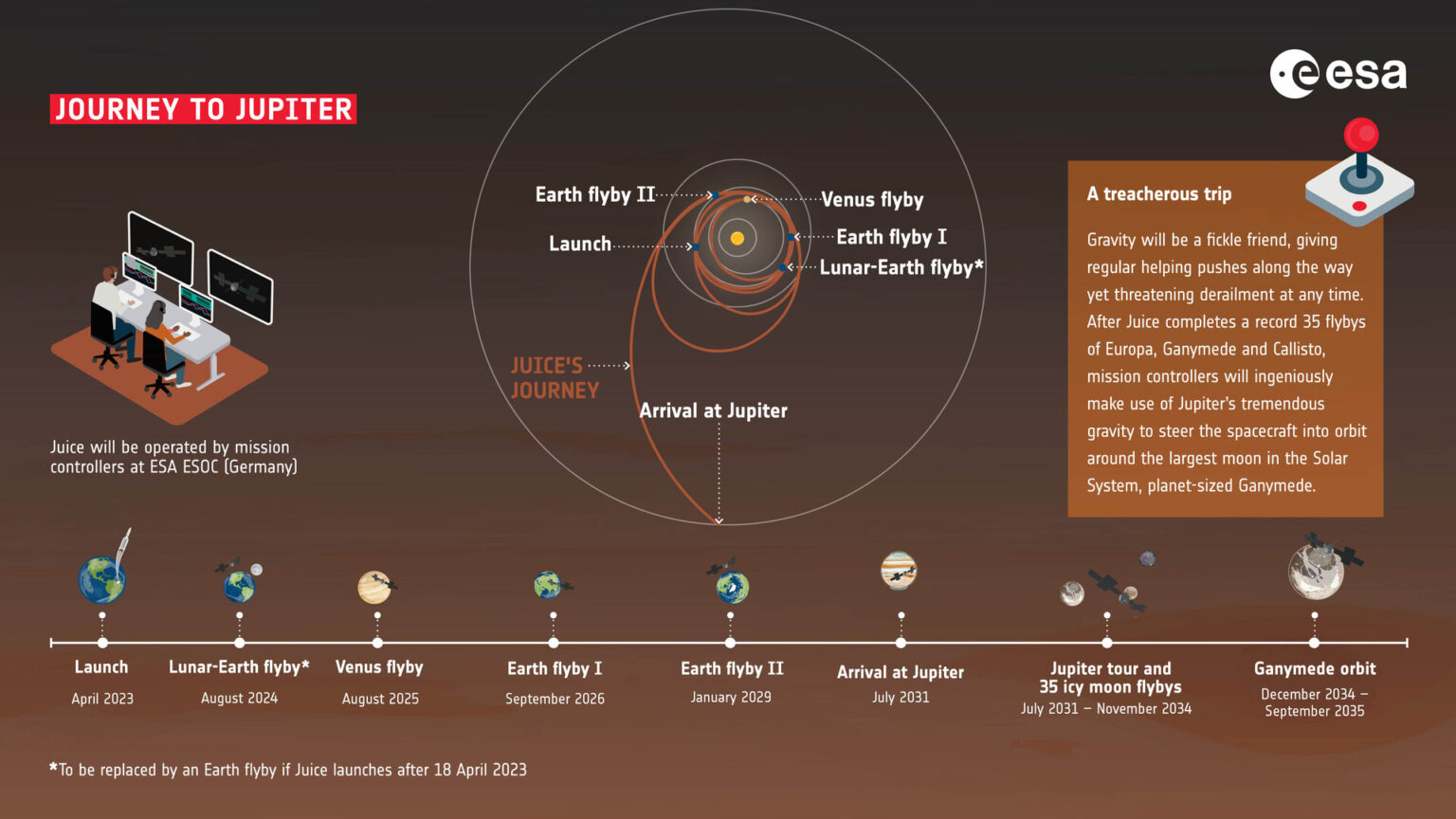
However, there was some drama. After the launch, the spacecraft failed to fully open the subsurface radar antenna, which threatened to disrupt part of the mission’s science program. Fortunately, engineers later managed to solve this problem.
To get to Jupiter, JUICE will have to perform a series of four gravity maneuvers in the vicinity of Earth and Venus, which will allow it to reach the required speed. The spacecraft should reach its goal in 2031.
Delivery of asteroid samples from Bennu
September 24 was a very important day for NASA. On this day, the OSIRIS-REx spacecraft dropped a capsule containing samples of the asteroid Bennu to Earth.
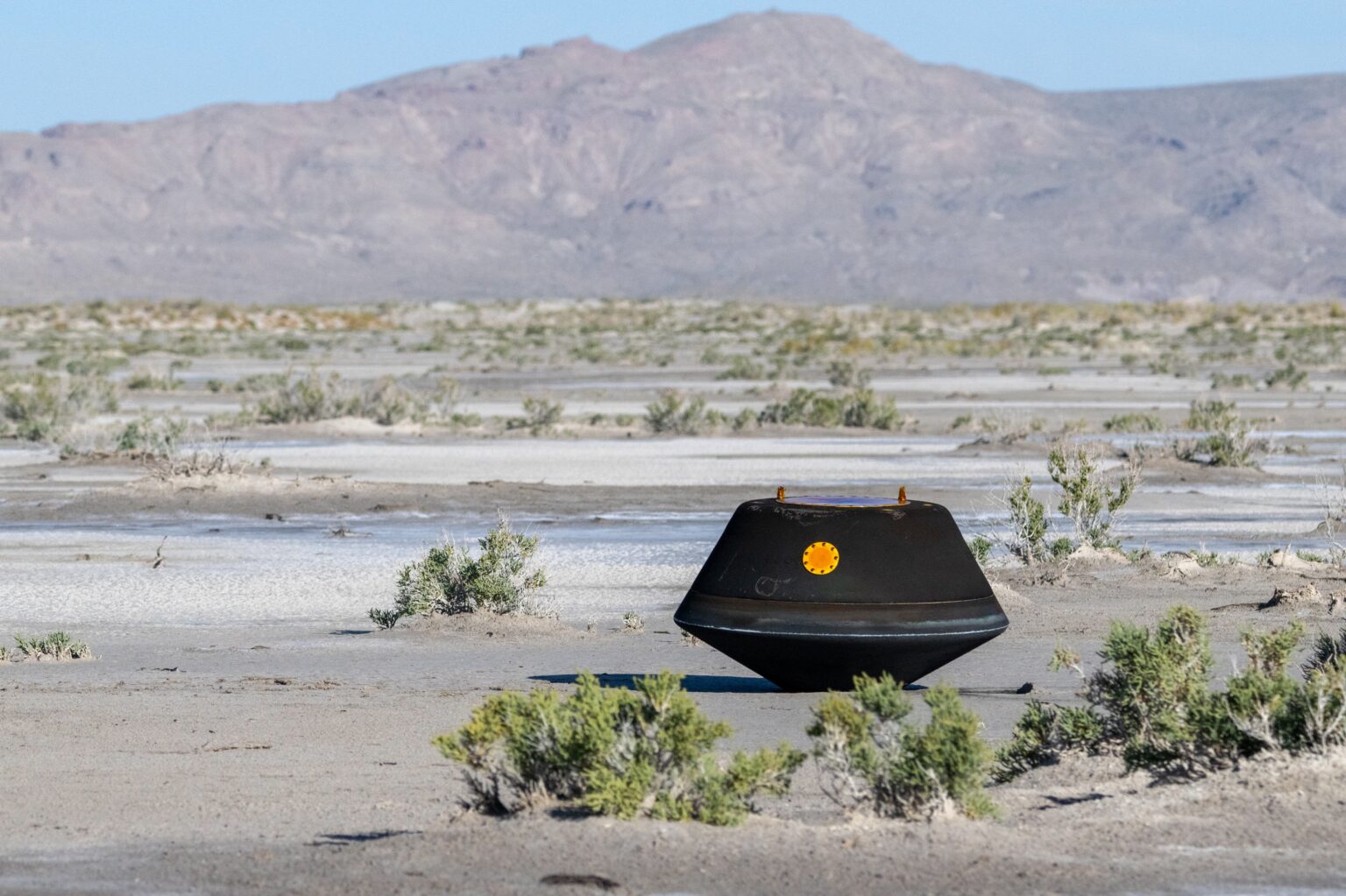
Despite problems with the extraction parachute, the capsule made a successful landing at a landfill in Utah. Analysis of its contents has already led to a number of discoveries. As for OSIRIS-REx itself, it will continue its journey as part of an extended mission. The next target of the spacecraft will be the asteroid Apophis, with a rendezvous scheduled for 2029.
Approaching the asteroid Dinkinesh
In 2023, we approached a previously unexplored celestial body. It was the small 790-meter asteroid Dinkinesh, whose orbit lies in the Main Belt. It was chosen as a side target for the Lucy mission, whose main task is to study Jupiter’s Trojan asteroids.
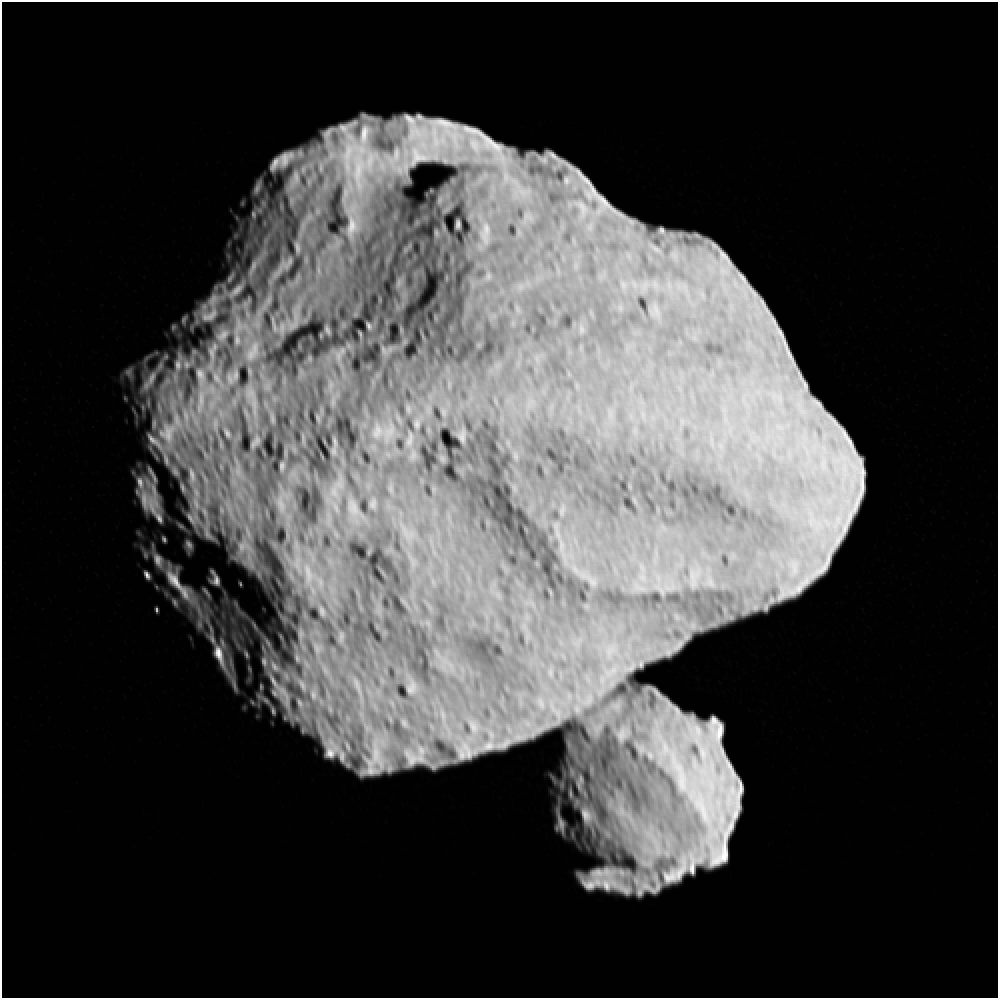
The meeting with Dinkinesh took place on November 1. The asteroid was a surprise. It turned out that it has a 220-meter satellite, which was named Selam. It looks like a peanut. According to scientists, Selam was formed as a result of the “sticking together” of two space rocks that collided at low speed. As for Lucy, the spacecraft continued its movement through the Main Belt. In the spring of 2025, it is expected to fly by another passing asteroid.
Launch of the Psyche mission
The second most important interplanetary mission launched in 2023 was Psyche. Its goal is the metallic asteroid Psyche, which may be a fragment of the core of the dead protoplanet. One of the main tasks of Psyche is to test this assumption.
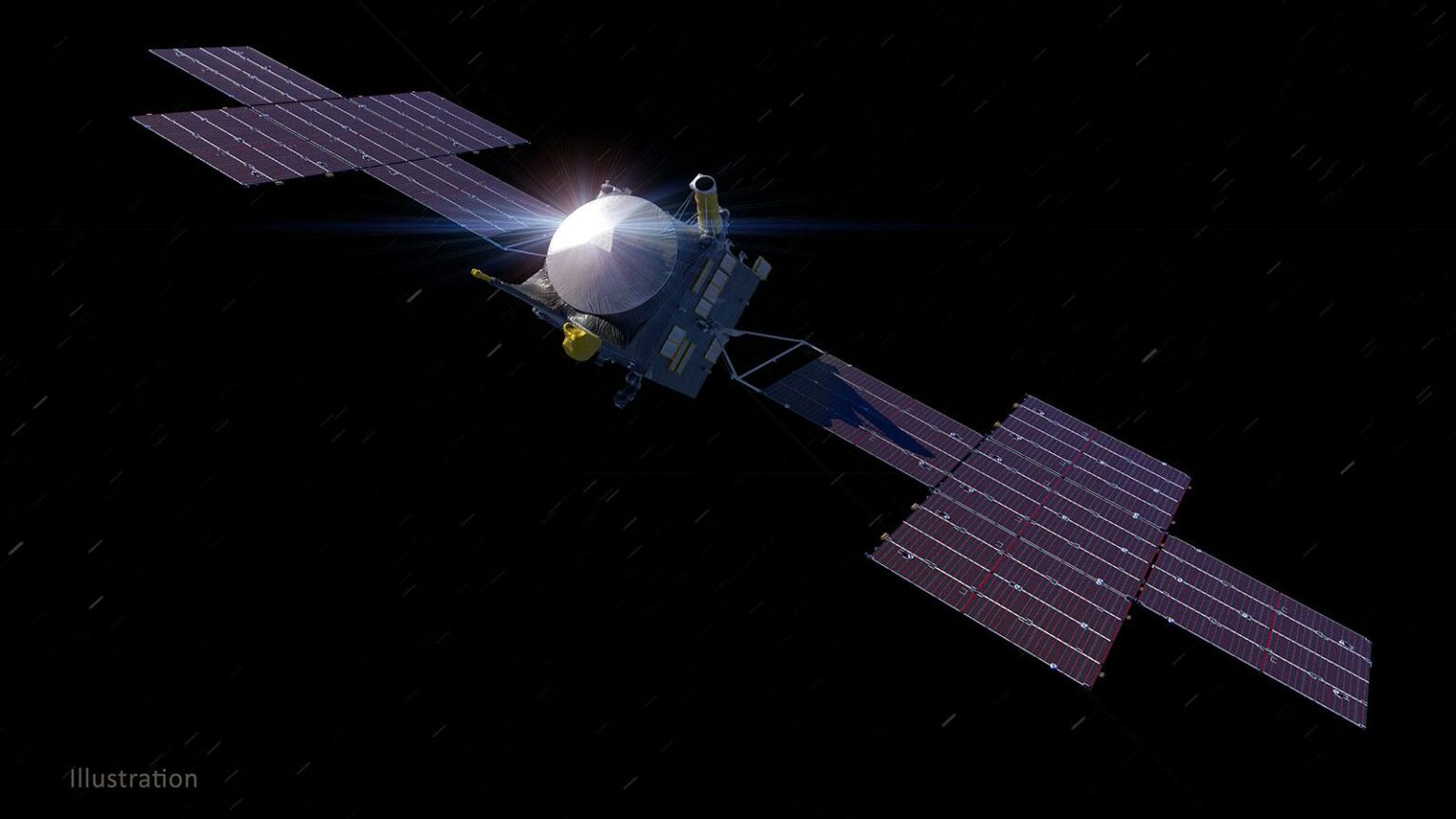
Psyche was originally supposed to go into space in 2022. However, the launch had to be postponed due to the unavailability of the spacecraft’s ground simulator. As a result, the spacecraft was launched on October 13, 2023. In 2026, it will perform a gravity maneuver in the vicinity of Mars, which will ensure its arrival to Psyche in August 2029.
In addition to studying the asteroid, Psyche is also tasked with testing an experimental laser communication system that has a much higher data transfer rate than traditional radio communication. The device has already conducted its first tests, which were complete success.
NASA’s budget crisis
The past year has been quite challenging financially for NASA. The fact is that in May, Congress and the White House approved an agreement to raise the debt ceiling in exchange for limiting non-defense spending to last year’s level. As a result, instead of the planned financial boost, NASA was forced to cut spending.

This could not but lead to a number of consequences. Thus, the launch of the drone to Titan has already been postponed for one year. NASA also had to postpone the selection of the next projects under the New Frontiers program and pause the implementation of a number of new missions, including the probe to Uranus. Funding for the Chandra and Hubble telescopes is also under threat.
But the mission to bring back Martian soil samples to Earth is still at the center of the biggest drama. According to the report of an independent commission published a few months ago, its planned budget is completely insufficient to accomplish a task of this magnitude. All this raised a natural question about the future of the project. Obviously, the answer to this question will be received next year.
Rescheduling the flight of new missiles
Sometimes the absence of an event is also an event. In 2023, it was another postponement of the launch of new rockets that are supposed to replace the current generation of orbital carriers. Thus, the long-suffering European Ariane 6 did not fly anywhere — and this is despite the fact that the operation of its predecessor Ariane 5 has already been terminated. If we add to this the problems with the Vega rocket, we can state that Europe now has no independent access to space.
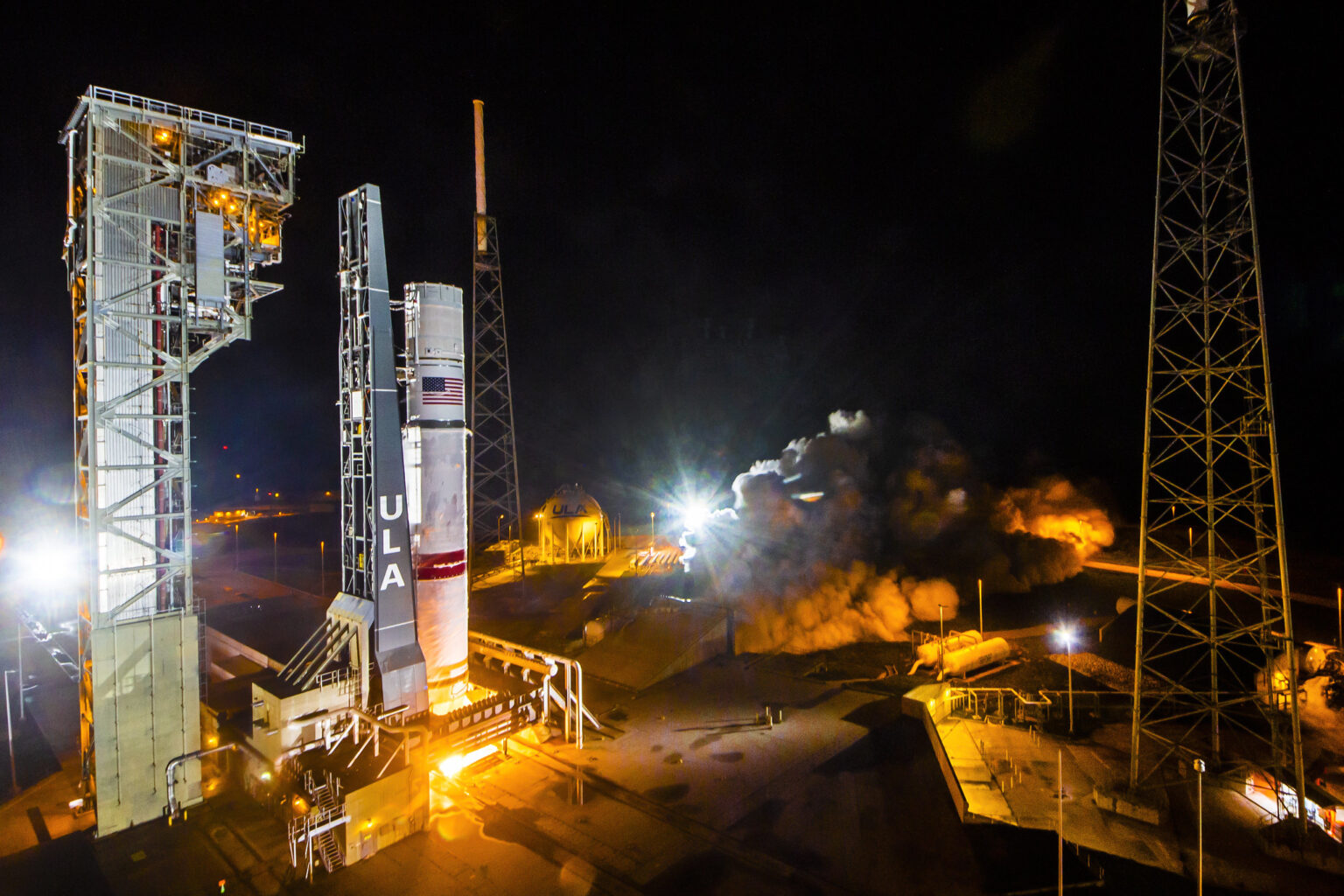
We did not see the first flight of the Vulcan rocket as well, which is supposed to replace the Atlas V. Due to the explosion of the upper stage during the test burn, it was initially postponed until the end of the year. But in the end, the debut of the new launch vehicle was postponed to 2024. Not until the second half of next year will we see the flight of another well-known long-range project. We are talking about the New Glenn rocket from Blue Origin, which has been under development since 2012.
The main beneficiary in this situation is SpaceX with its Falcon 9, which is already close to virtually monopolizing the Western launch market. And if Elon Musk’s competitors do not want this to happen, they will have to take some more effective measures than making promises and showing beautiful videos in the near future.
You can also read about the main space events of 2022.

